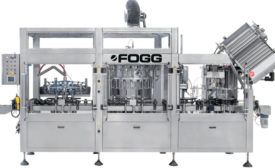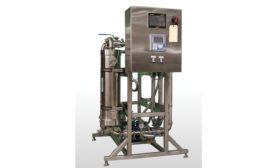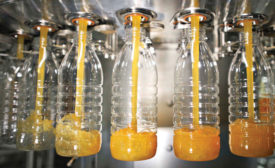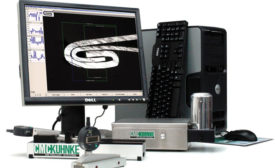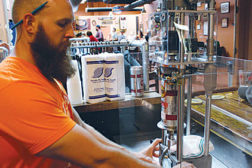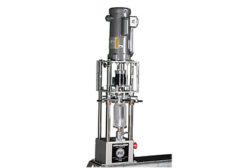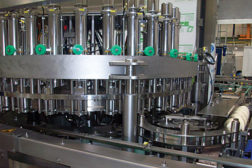Home » can filling and seaming
Articles Tagged with ''can filling and seaming''
New innovations available for filling and printing operations
Read More
Suppliers’ new products support safety, efficiency
New innovations address filling, seaming operations
September 15, 2016
Closure packaging equipment transitions with beverage trends
Innovation assists caps and closures, can seaming
September 15, 2016
Suppliers' new products to support packaging, operations
New innovations unveiled at BrewExpo America
June 15, 2016
Filler equipment demands flexibility, fast changeovers
New product reduces total package oxygen in beer-bottling lines
April 15, 2016
Can filling, seaming equipment need grows as packaging trends move toward cans
Craft beer industry, varying can styles drive innovation
January 15, 2016
Suppliers focus on quality
Warehouse equipment focuses on product quality, durability
July 16, 2015
Table-top seaming enables on-premise craft beer canning
Nearly 400 craft brewers package beer in cans, Aluminum Association reports
January 16, 2015
Can filling industry keeps up with can style changes
Seamers incorporate changeparts to accommodate different can sizes
January 15, 2014
Elevate your expertise in the beverage marketplace with unparalleled insights and connections.
Join thousands of beverage professionals today. Shouldn’t you know what they know?
JOIN NOW!Copyright ©2024. All Rights Reserved BNP Media.
Design, CMS, Hosting & Web Development :: ePublishing
